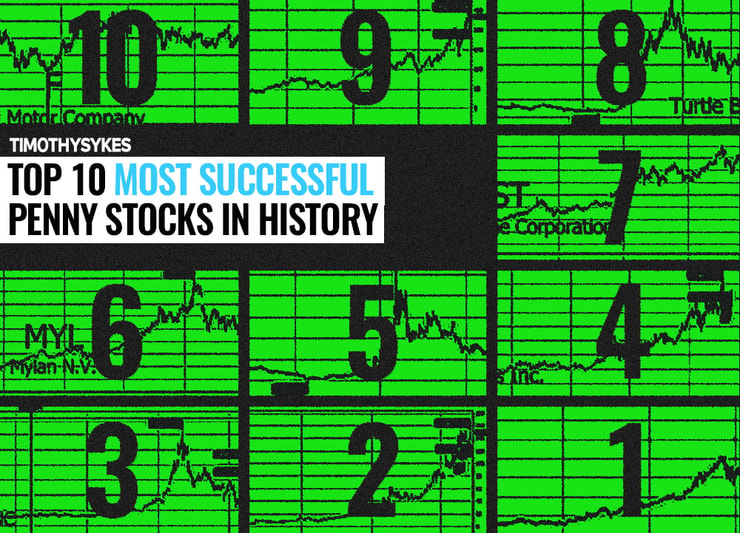Trading stocks is a lot like riding a bike.
Once you learn how, you never forget.
For example, the patterns that my millionaire students and I use to trade are always the same. We just apply them to the next hottest stock.
Day after day, week after week, month after month, etc.
But there is a key difference between trading and bicycling …
Trading is one of the hardest bikes you’ll ever learn to ride.
It can stir up a lot of emotion. There’s a lot going on in general. And success might feel impossible for traders who wander around the market without direction.
My millionaire students and I pull profits from the market over and over again. But that’s because we already know how to ride the bike.
What if I didn’t know how?
What if all my trading knowledge was wiped and I had to start from zero?
My Start From Zero

2025 Millionaire Media, LLCExposure and experience are key.
From the beginning, I would:
- Look at stock charts.
- Follow the biggest runners and the most popular names.
- Notice how stocks move with different catalysts and at different price levels. Especially with respect to past price action.
- Use different candle settings like 10-minute candles, 5-minute candles, etc.
At first, I would just watch as a bystander.
I don’t want to put too much weight on anything I see until I have a strategy to look for.
But I would definitely take mental notes to start building my memory bank of price action.
The patterns that we use to trade repeat over and over again in the market.
As a result, the more price action we see, the more confident we are in these patterns.
Pick One Or Two Patterns

2025 Millionaire Media, LLCThe framework that I use to trade has seven steps.
And there are multiple angles to profit within each step.
When faced with all of these opportunities, it’s easy for traders to get overwhelmed.
They try to chase every profit angle and end up confused and taking losses.
For this example, I’m starting from zero.
And I’m probably working a day job until I become self-sufficient as a trader … So I’m going to focus on one of two patterns:
- The Supernova pattern.
- For maximum potential gains despite my limited trading time.
- The weekend pattern.
-
- Every Friday afternoon, again, due to my limited trading time.
My favorite pattern used to be panic dip buys.
But they happen right after the market opens at 9:30 A.M. Eastern. And due to my hypothetical work schedule, I can’t show up for those trades.
You have to be realistic with your process. Otherwise you’ll never reach your goals.
More Breaking News
- Opendoor’s Rollercoaster: A Time for Gains?
- Ovid Therapeutics Stock: Analyzing Market Movement
- FICO’s Market Moves: Surge or Slip?
- SEALSQ Corp’s Quantum Leap: Stock Surge Analysis
Pick a pattern that works for you.
Take Some Trades

2025 Millionaire Media, LLCThis will be nerve racking.
Every trader that I’ve ever spoken with will admit that their first real trade was a stressful ordeal.
But with every additional trade, our emotions are dulled and the logic behind these patterns becomes more clear.
Start small at first. Paper trade if you need to.
But don’t shy away from using your positions as a tool to grow your trading expertise.
You’re not going to make a million dollars in your first few trades. But you won’t lose a million either.
So don’t sweat it.
Take notes. And track all your trades.
Start to notice where you find success. And more importantly, where you take too large of losses.
For an example of the importance behind tracking your trades …
My most successful student, Jack Kellogg, recently shared his first trade journal after learning my trade process in 2017.
Jack started with $7,500. And now he has $22.7 million in trading profits (including losses).
Watch the video below to see Jack’s first trade journal:
There is a process for success in the market.
I just shared how I would make it back after losing everything.
Even my trading knowledge.
Take this information and run with it.
Cheers
*Past performance does not indicate future results








Leave a reply